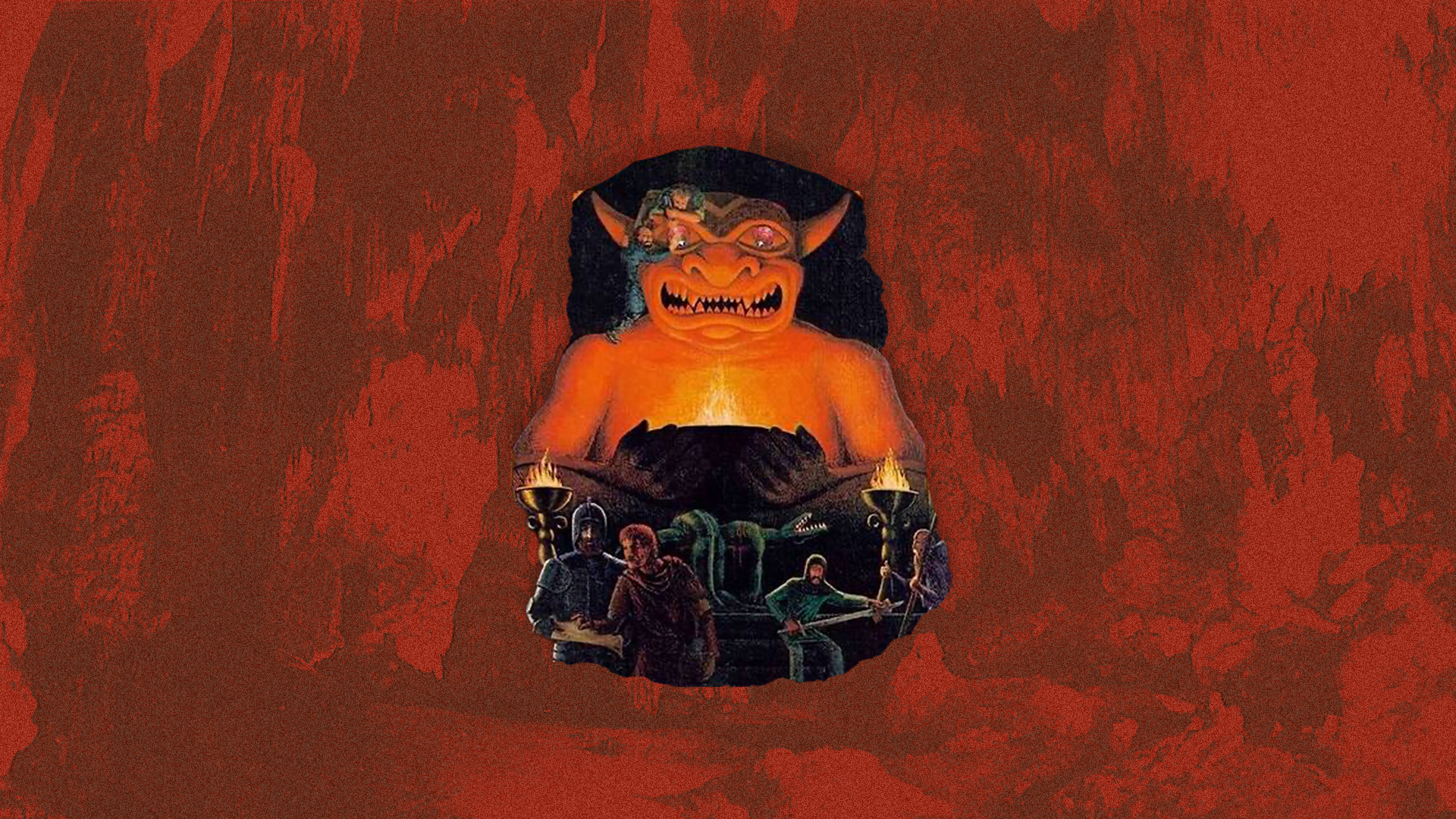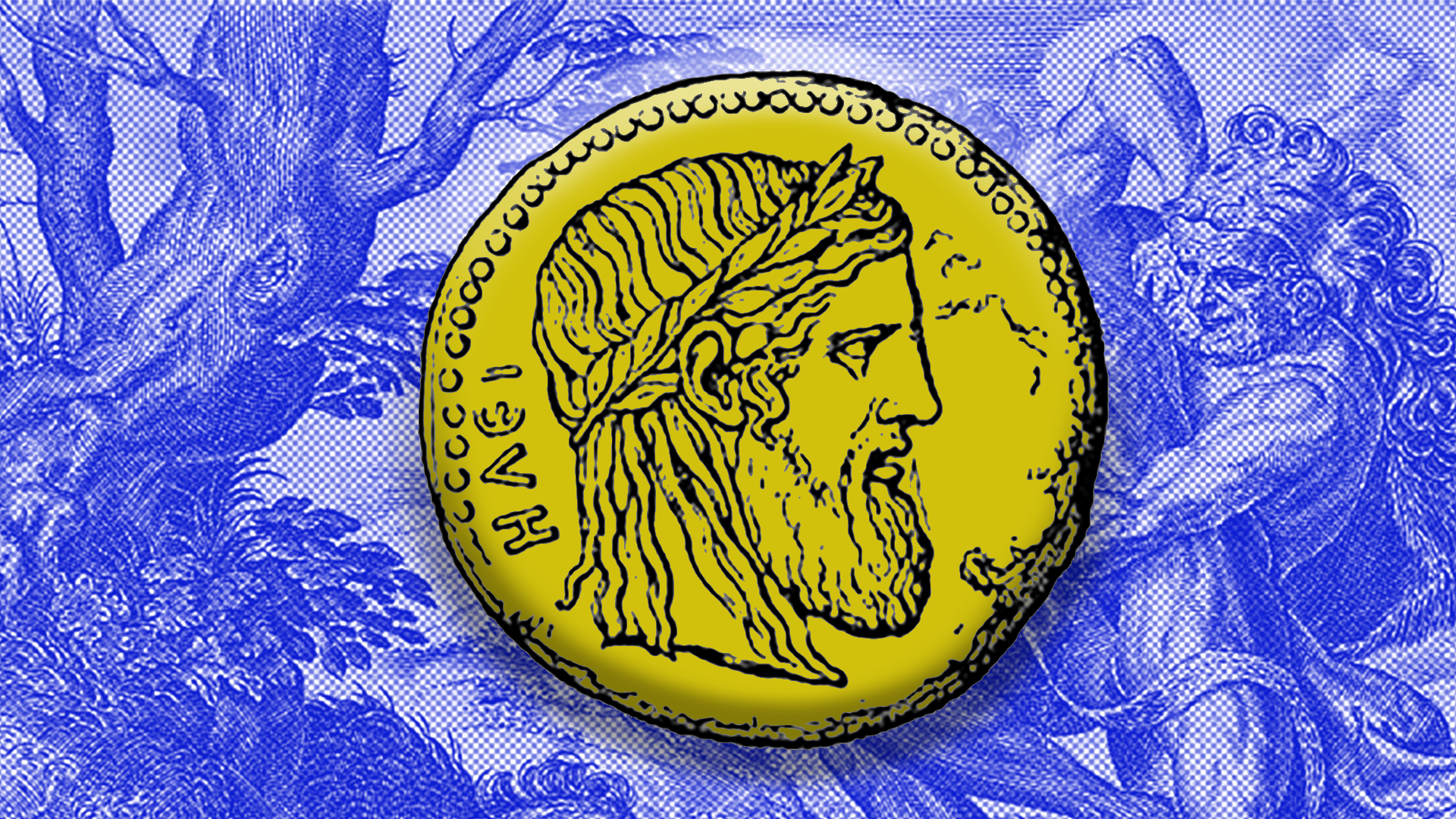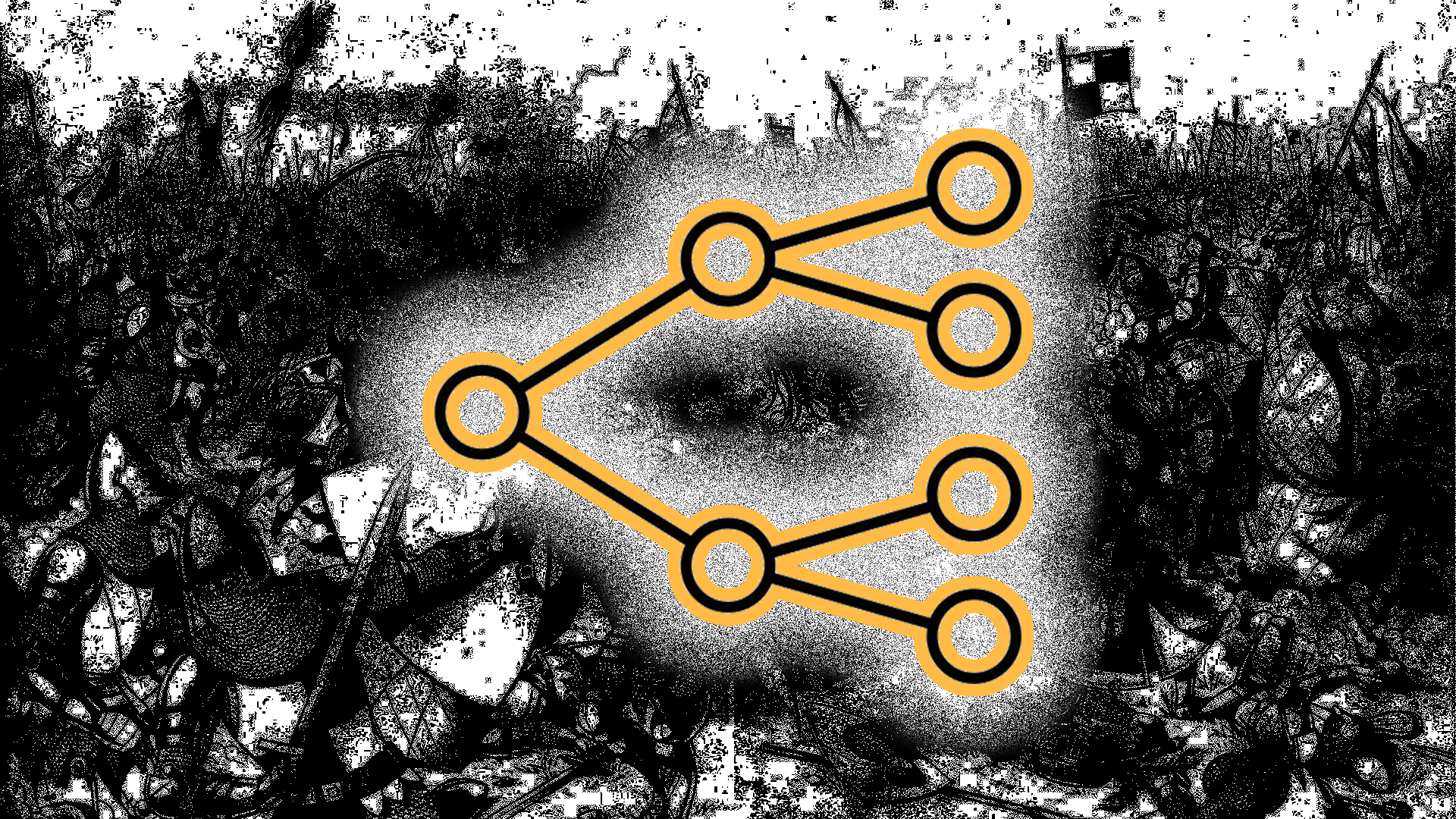
*updates pointed out by keen eyed readers – Demon has been switched to Devil to be more accurate (u/invertebratepunster ). Morloch has been changed to Moloch (u/s5photog & u/_dinoLaser_). Discussion about Eidolon’s emerging in 3.5e has been changed to the correct edition (u/03nc1n9).
I think we can all agree that one of the defining features of DnD’s success has been its immersive and imaginative art. The cover’s throughout the years makes you ask yourself what kind of world exists that have people go on adventures like that?
I can distinctly remember having this feeling when I saw the 5th edition cover of the Players Handbook, this was my introduction to the world of Dungeons and Dragons and boy was it entrancing.
But that story can be for another article, today we are going to discuss what I think is not only the best cover for a Dungeons and Dragons core rules book, but the devil that has been lurking in the background, waiting to strike out at it’s next victim.
Advanced Dungeons and Dragons- Players Handbook (1978)

The cover for the 1978 release of Advanced D&D was illustrated by D. A. Trampier (who I will be covering next week, sign up for our newsletter to ensure you learn about the mysterious disappearance and tragedy of this great influencer to D&D) and features a group of adventurers surrounding a large demonic statue, an alter of sorts.
Players old and new can see themselves in this cover, whether it be rogues trying to steal every gem they can get their hands on, or lost adventures trying to map their way out of a dungeon. Much charm can be found at a quick glance. There are also so many mysteries that is left up to the audience to decipher. For example, what is that creature that was seemingly sacrificed in front of that alter? What is in this dungeon temple that the adventurers have deemed worth exploring? Most importantly, who is this devil that the statue is modeled after?
Who is the Devil on the Cover?
When I began doing research into this, I thought that this would be a simple google search and *boom* there’s my answer. Boy was I wrong.
So when Trampier originally created the devilish statue, It isn’t believed that he was basing it off of any one creature in particular. It is more likely that a cultish temple would worship a devil like entity. In Dungeons & Dragons Art and Arcana: A Visual History, all that is said about the image is that it is was “the instructional foundation of the entire game laid out in a single image.”
This doesn’t give us much.
It was only revealed when Stack Exchange user keithcurtis linked a video by the official Dungeons and Dragons Youtube. It was in this video, Dragon+: Mordenkainen’s Tome of Foes, 2/6/18, that Mike Mearls (game designer at WOTC) confirms that the creature was Moloch, a devil appearing in the Mordenkainen’s Tome of Foes.
Okay, cool. We have our answer. But do we really? Now if you just want to know about Moloch and not the nitty gritty details, go ahead and skip to the next section. If not, buckle in or you might just get whiplash.
So as mentioned prior, Trampier most likely didn’t have any exact creature in mind. Just something devilish and cult-like. This was before it became a fan favorite piece of work and a point of inspiration for what I can only assume to be many of us D&D nerds.
Wizards of the Coast has tried to profit off of this piece of history in several ways. Some of you might remember back in 3e that a creature called the Eidolon was introduced to the game. In brief, they are a form of undead construct that are designed for the sole purpose of protecting a site considered sacred or important to a deity or archdevil. On the forgotten realms wiki, the 5th edition version is a literal carbon copy of the statue from the AD&D players handbook (with the left jewel acting as the creature’s eye is removed, which I will say was a nice nod to the original artwork).
So back in 3e, it wasn’t exactly Moloch. It was more of a golem acting as a guard for a temple for deity or archdevils. But this was before some retconning happened.
So as previously mentioned, Mike Mearls revealed that the creature was supposed to represent Moloch the archdevil, which *cough cough* is coming up in our newest supplement that you should *cough cough* buy because it’s cool and neat and references something that makes you nostalgic. So what is the statue on the cover supposed to be? I would say it’s just a fun looking statue, technically it’s now Moloch. Will it stay that way forever? Who knows.

Sign Up for Our Newsletter
We send a monthly email with subscriber only perks, updates about the website, and other stuff thats happened lately!
Who is Moloch?
Moloch is an Archdevil from the Nine Hells that currently resigns in Malbolge, the sixth layer.
To make a long story short, Moloch was given rulership of Malbolge by Asmodeus, the ruler of the Nine Hells. It was during this time that he had a lot of power and control over his dominion. This was until the Reckoning, a time in Hell’s history that can be summarized as a war to determine who would challenge Asmodeus for dominion over the entire realm.
In this war, Moloch would side with a cunning night hag named Malagard. She would encourage him to side with Baalzebul to take down both Mephistopheles and then Asmodeus, which would directly create a path to the throne. Unbeknownst to Moloch, he was about to be betrayed.
Malagard, now Moloch’s lover and fellow conspiracy, would betray Moloch by siding with another devil and having both that devil’s and Moloch’s own mistreated army side against him. This betrayal succeeded and Moloch was then cast into exile.
Nowadays, Moloch schemes and tries to raise armies to gain back his old seat of power.
It is in Mordenkainen’s Tome of Foes that we get a good glimpse of the devil. Which was reskinned to look more like the idol we see on the cover of AD&D.

Conclusion
In conclusion, the cover for AD&D 1E has a lot more history and lore than one might assume. Whether it be the story of Moloch’s betrayal and the larger implications of having him on the cover in terms of the lore of the image, or the money-grab that WOTC may have been trying to get at when retconning a historical piece of artwork and using it as promotion for their upcoming game.
We want to hear what you have to say about it, comment below and tell us if you agree or have your own theory.
References:
https://en.wikipedia.org/wiki/David_A._Trampier
https://rpg.stackexchange.com/questions/87361/who-is-that-demon-on-the-cover
Newman, Michael, et al. Dungeons & Dragons Art and Arcana: A Visual History. Ten Speed Press, 2018.
https://forgottenrealms.fandom.com/wiki/Eidolon
https://forgottenrealms.fandom.com/wiki/Moloch#
*This post contains affiliate links. This means I may earn a commission should you chose to sign up for a program or make a purchase using my link.










Leave a Reply